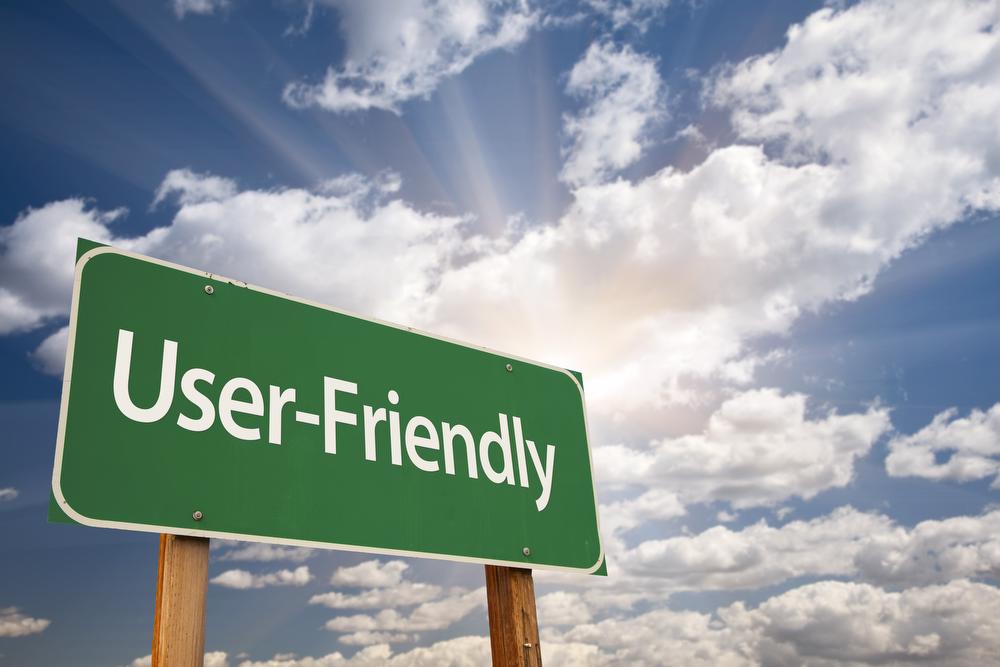Know the audience.
Have you Checked the Usability of Your Technical Documentation Lately?

By Shannon Thompson, Documentation Specialist
Ask any expert and they’ll say one of the key ingredients for delivering a positive customer experience is to first know your customer—know who they are, what problems they’re needing to solve, and how they’ll be interacting with your solution. Then and only then can you craft an experience that’s positive, engaging, and tailored to the individual customer.
Constructing a technical manual is no different.
But how do you create an exceptional user experience out of something that’s so complex? Complicated machines require complicated instructions, but those instructions will provide no benefit if they aren’t usable. Manuals have to be comprehensive, but cramming them full of as much information as possible is not the answer—they also have to be functional. That requires them to be logical and in a format that makes sense for the function of the person using it.
It’s easy to look at these instructional manuals as a technicality—an item to check off the list. But we don’t look at them that way at Corporate Project Services. We write technical manuals and documentation because we want our clients to reap the most benefit possible from the equipment and processes they purchase from Wenger. They are a value-added tool.
Most of my customer interactions entails responding to their questions and clarifying information—so even though I’m often working with the minutiae, I still adhere to the same principles as my colleagues who interact with clients on a daily basis.
The way we approach manuals matches the way CPS treats all customer interactions—it’s how we make the manual a useful tool rather than a source of frustration. And the rules of thumb are the same ones it takes to creating a great client experience:
Look at it from the client’s vantage point. You have to understand where the customer is coming from—who will be using it? Is it one team or multiple different functions? You may need to appeal to everyone from the CEO to the plant manager to the highly technical roles. This is why we can’t rely solely on our own perspectives to get it right. We’ve got to ask a lot of questions of the right people who can help make sure all bases are covered.
Communicate well.
First of all, you have to be clear and concise. Too much information is overwhelming and makes users waste time on areas that aren’t important. If the purpose of every bit of information is not crystal clear, it needs to be rewritten or removed.Also, be consistent. The terminology on the equipment interface must match what’s in the manual. And the components of the manual need to be consistent from section to section, and manual to manual, to make sure there’s no confusion. Make sure all the parts work together. Take the insight and elements from all the different departments—service, maintenance, shop, engineering—and align them into a single well-functioning machine.
Be hospitable.
What does hospitality have to do with creating user-friendly materials? Think about it this way: When you walk into a retail store you’ve never been in, it helps to have directional signs to point you where you need to go; and it’s frustrating to waste time walking aimlessly when products aren’t where you expect them to be—especially in today’s world where you need to get in and out as quickly as possible.
The same goes for manuals or any communication from CPS. Hard-to-follow documents reflect poorly on our company. Logical organization helps make important information easy to find. If technical publications can reach the goal of being an invaluable resource for installations, operations and maintenance—and if they’re easy to follow and find information—then I believe the customer experience will be elevated just because of the clarity gained through manuals.
Always be looking for ways to improve.
Find ways to push the envelope. At CPS we’re all about innovation and continuous improvement. We evaluate all of the deliverables we send out to find ways to make them better.
Nowadays our clients appreciate the convenience and flexibility of electronic, and we’re always exploring better ways to get this information into clients’ hands. In today’s world of instant gratification, users want to be able to pull up the information they need on the spot, so it has to be handy and functional. If your manual is a heavy book or printed sheets in a binder that just sits on the shelf, that’s not useful to anyone. Are online manuals what clients want? They seem efficient and convenient, but how useful are they? It’s not just about how we deliver the information, but also what content is included and how it’s presented.
Is it difficult for a technical writer like me to get into a customer focus mindset when my role is different than my customer-facing colleagues? Maybe. But I have a solid understanding of how what I do impacts customers on many different levels. No matter what your role, you have to know how it makes or breaks the customer experience, because it does.
If you have questions for CPS or want to learn more about how our consulting services and resources can help you reach your goals, please reach out to our team.
Corporate Project Services, a division of Wenger Manufacturing, is a dynamic group of planning specialists backed by Wenger’s more than 80 years of process system supply to the industry. Our knowledge base and breadth of experience in extrusion processing and facilities construction is unsurpassed – and our commitment to excellence is recognized around the world.
More Articles
 Jan 08, 2021
•
10 Minute Read
Communication is Everyone’s Job
When was the last time you did a performance appraisal on your job as a communicator?
Read More
Jan 08, 2021
•
10 Minute Read
Communication is Everyone’s Job
When was the last time you did a performance appraisal on your job as a communicator?
Read More
 Feb 08, 2020
•
10 Minute Read
Boosting Value in a Technical Manual
I can’t say I know anyone who would call an operations manual “riveting” or a “real page turner”—but here at Corporate Project Services we treat these resources as an opportunity to add value for our clients.
Read More
Feb 08, 2020
•
10 Minute Read
Boosting Value in a Technical Manual
I can’t say I know anyone who would call an operations manual “riveting” or a “real page turner”—but here at Corporate Project Services we treat these resources as an opportunity to add value for our clients.
Read More
 Nov 19, 2019
•
10 Minute Read
Navigating the High Stakes and Complexities of Food Manufacturing
Ask anyone involved in food production to name the greatest challenge facing the industry today, and food safety is sure to top the list.
Read More
Nov 19, 2019
•
10 Minute Read
Navigating the High Stakes and Complexities of Food Manufacturing
Ask anyone involved in food production to name the greatest challenge facing the industry today, and food safety is sure to top the list.
Read More